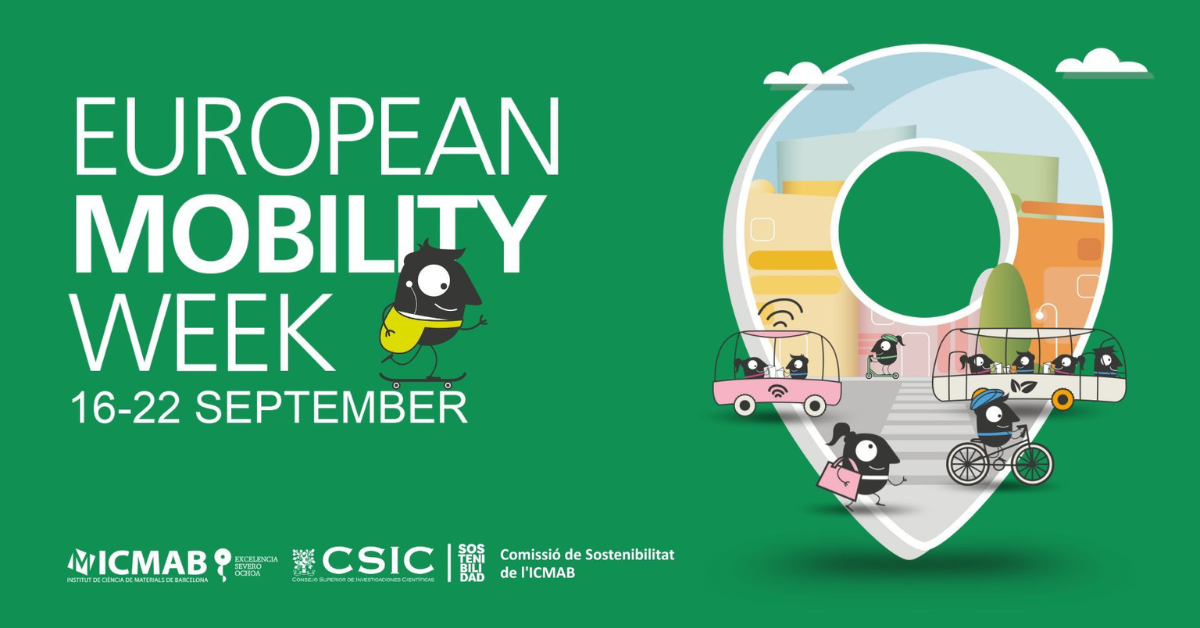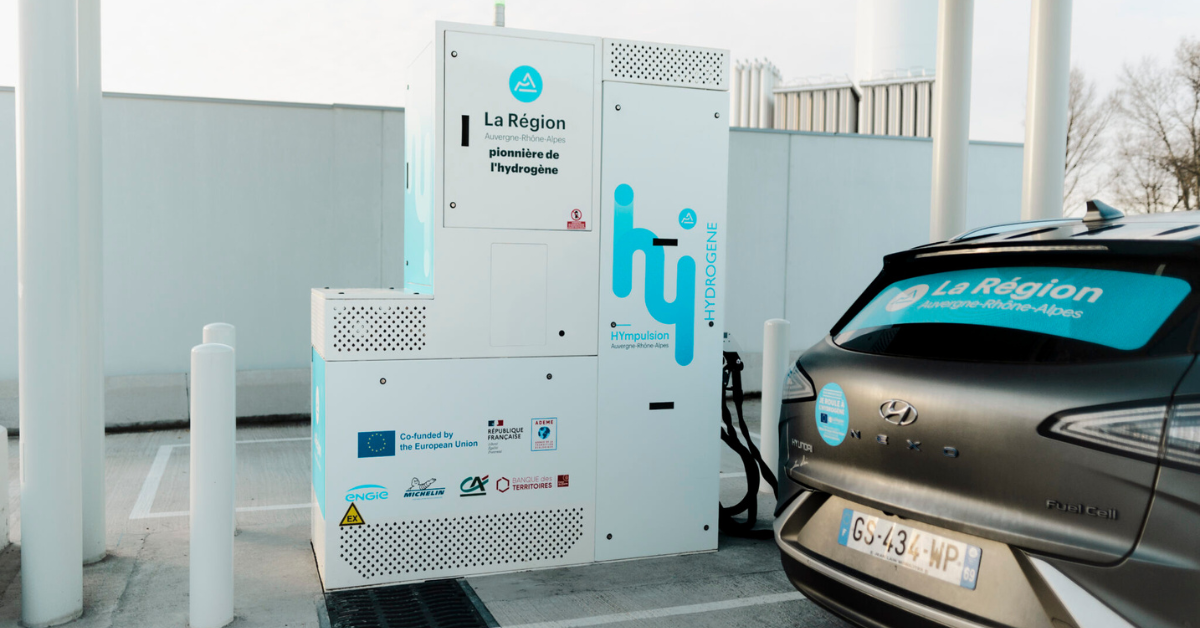How to make freight transport sustainable?
What does the EU’s New Urban Mobility Framework mean for the logistics sector?
The EU’s New Urban Mobility Framework is aimed at helping European cities develop sustainable, safe, resilient and emission- and pollution-free urban transport systems, thus meeting the EU’s climate targets. Having learned lessons from the effects of COVID-19, the framework also addresses social challenges in urban living and citizens’ behavioural changes brought by the pandemic.
“The framework addresses challenges in urban logistics and proposes actions to make the sector more smart and sustainable,” says Yanying Li,Head of Programme and Knowledge Management at ALICE (Alliance for Logistics Innovation through Collaboration in Europe). “It also indicates that last-mile delivery will continue to grow as a result of the increase in e-commerce activity, in turn a result of behavioural changes caused by the pandemic.”
Loading component...
The framework also sees collaboration between local authorities and private stakeholders, regular dialogues among all parties, and networking and exchanges among city planners as essential, and recommends co-creating Sustainable Urban Logistics Plans (SULP) with various stakeholders.
“The framework gives equal importance to freight and passenger transport as part of urban mobility. It calls for integration of passenger and freight transport in urban planning, traffic management and sustainable urban mobility policy-making,” Li suggests. “While EU-wide uptake of Sustainable Urban Mobility Plans (SUMP) will be promoted, SUMPs should be integrated with SULPs. Both should also be in alignment with cities’ Sustainable Energy and Climate Action Plans (SECAP). Thus, the logistics sector will be able to make its contributions to reach cities’ climate ambitions. Zero emission urban logistics should be a key component of the transition to a climate-neutral urban future. To realise this, more dialogues will be needed to facilitate cooperation between the public and private sectors, as well as dialogue between the logistics sector and climate and energy sectors.”
Zero emission urban logistics should be a key component of the transition to a climate-neutral urban future






